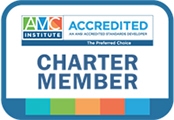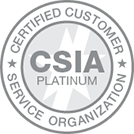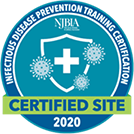In 2014, an important topic for many associations is the decision between using a volunteer leader committee or task force model. When to use each, and which is best for your organization, are just a few of the questions that need to be answered when deciding which strategy will achieve maximum results.
Associations Now recently released an article about association trends in 2014. One of the topics featured concerned the use of volunteers, with the takeaway that long-term volunteer commitments are out and micro-volunteering is in:
“Micro-volunteering is emerging as a smart way to expand your volunteer pool and build engagement among your less connected members. Got people who can’t commit to helping plan your annual meeting, but can spend a few hours being a conference greeter? This is for them.”
The truth is, the more we enter an ever-changing, task-oriented world, people want shorter, more specific terms of volunteering.
Which Model is Best for Your Organization?In order to achieve the best results and highest productivity from your volunteers, it’s imperative to determine which model will be best for your organization. Many organizations have both committees and task forces in place. Understanding when and how to use each is key.
If your organization creates and sends publications, you’re most likely better off using a task force. Why?
- It enables a smaller group to have a concise mission and purpose.
- Once they’ve completed their project, they’re disbanded.
If your organization is focused more on planning for the future and concentrates on long-term projects, a committee is best for your organization.
Match Your Volunteer Model to the Task at Hand
Determining when to implement a committee or a task force is essential. Although industry trends suggest organizations are moving towards the latter, there are still appropriate uses for committees.




